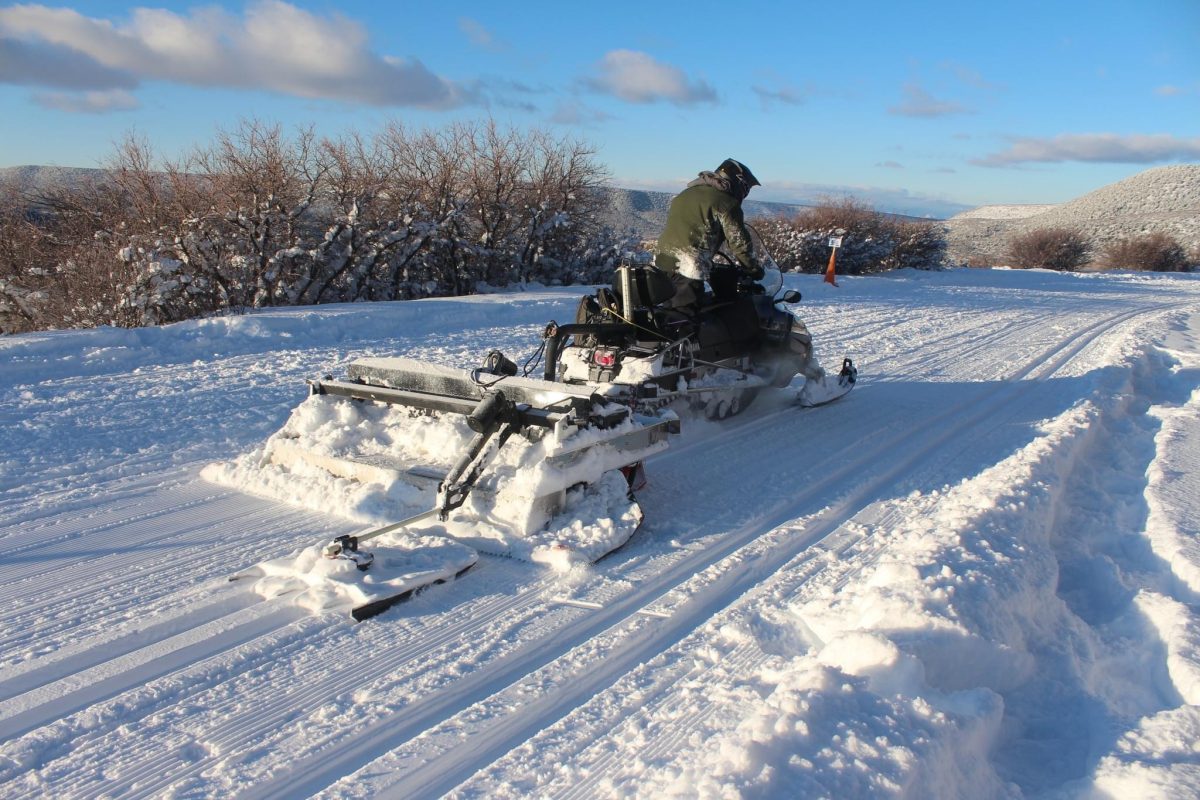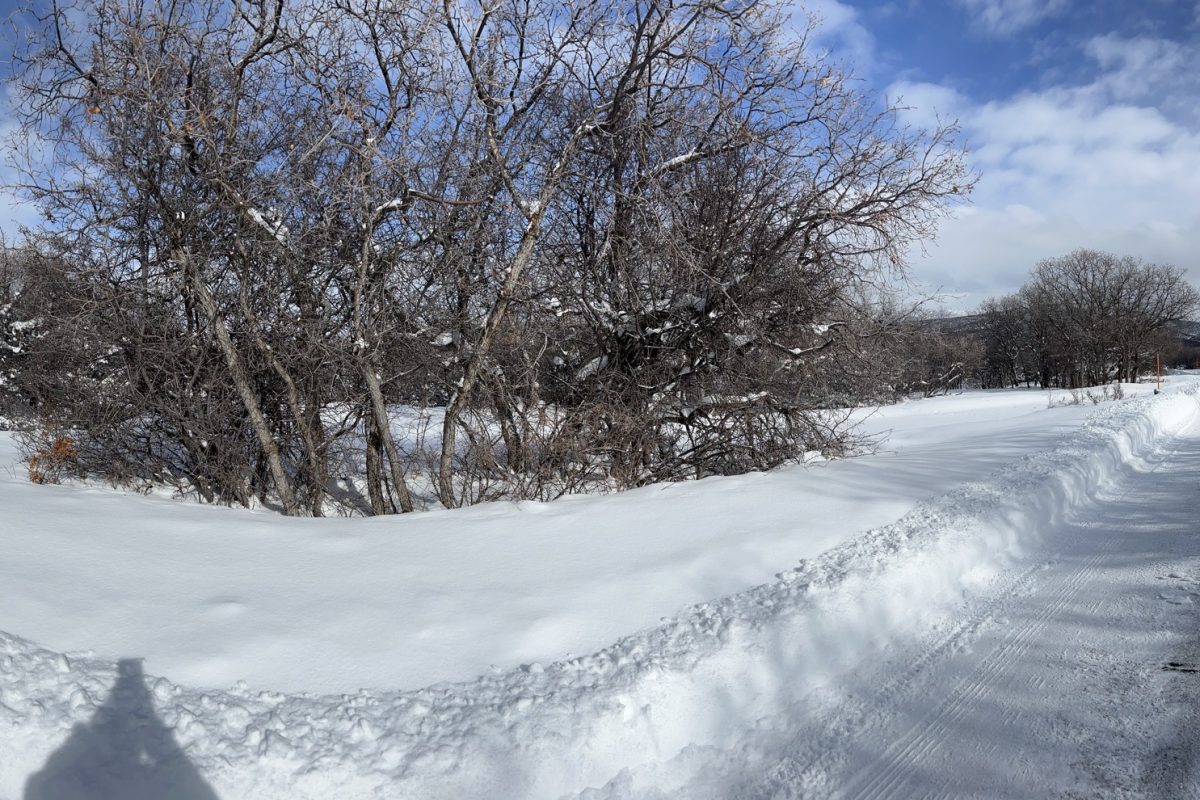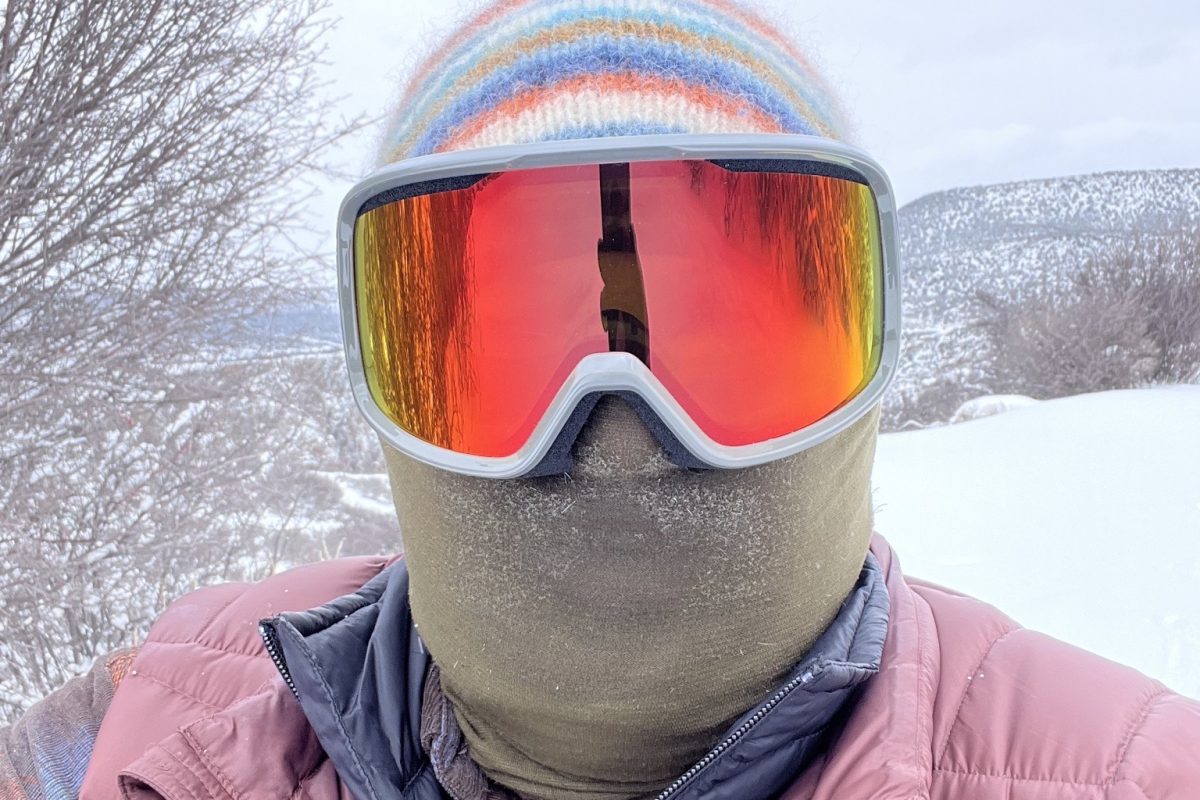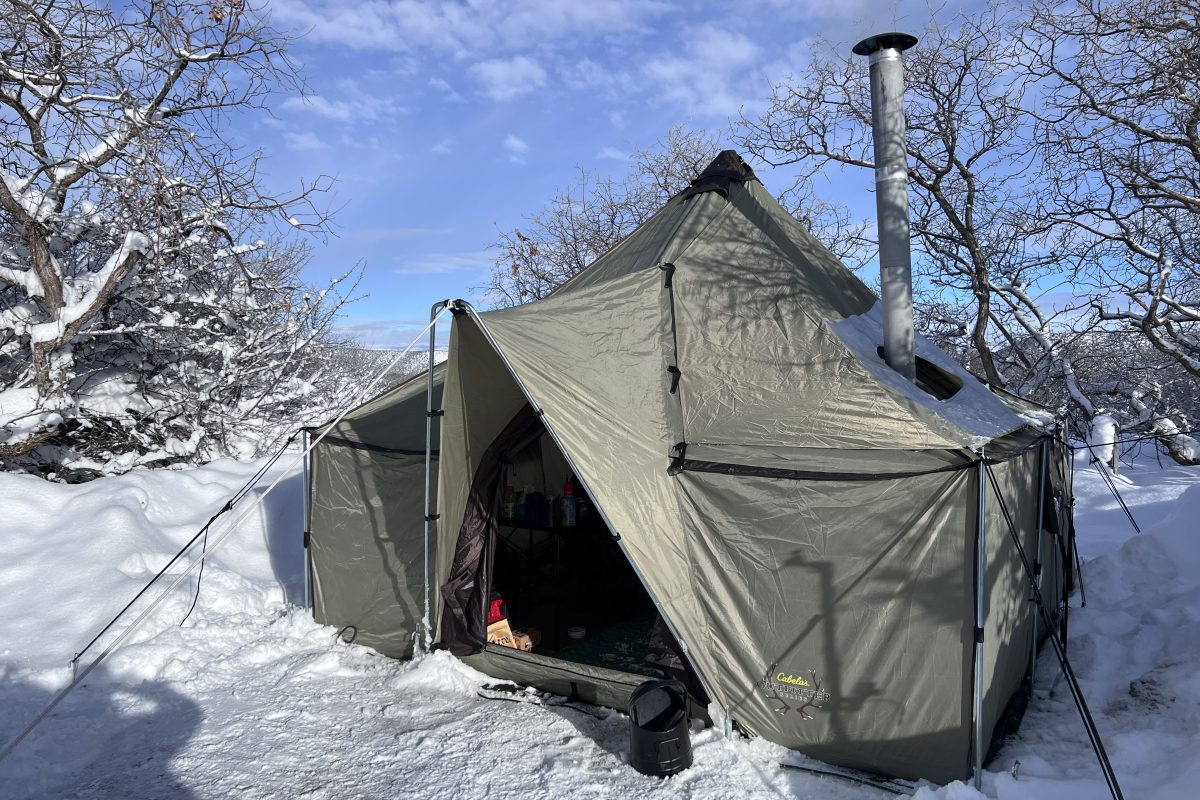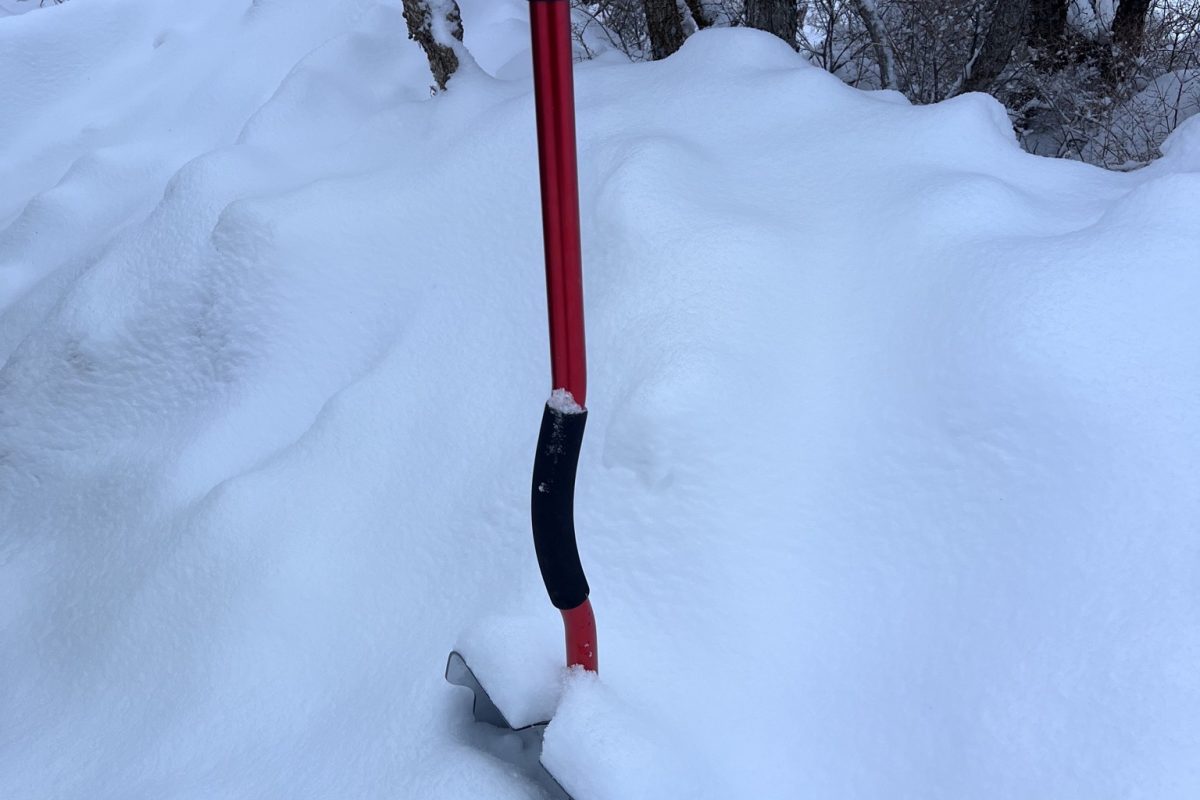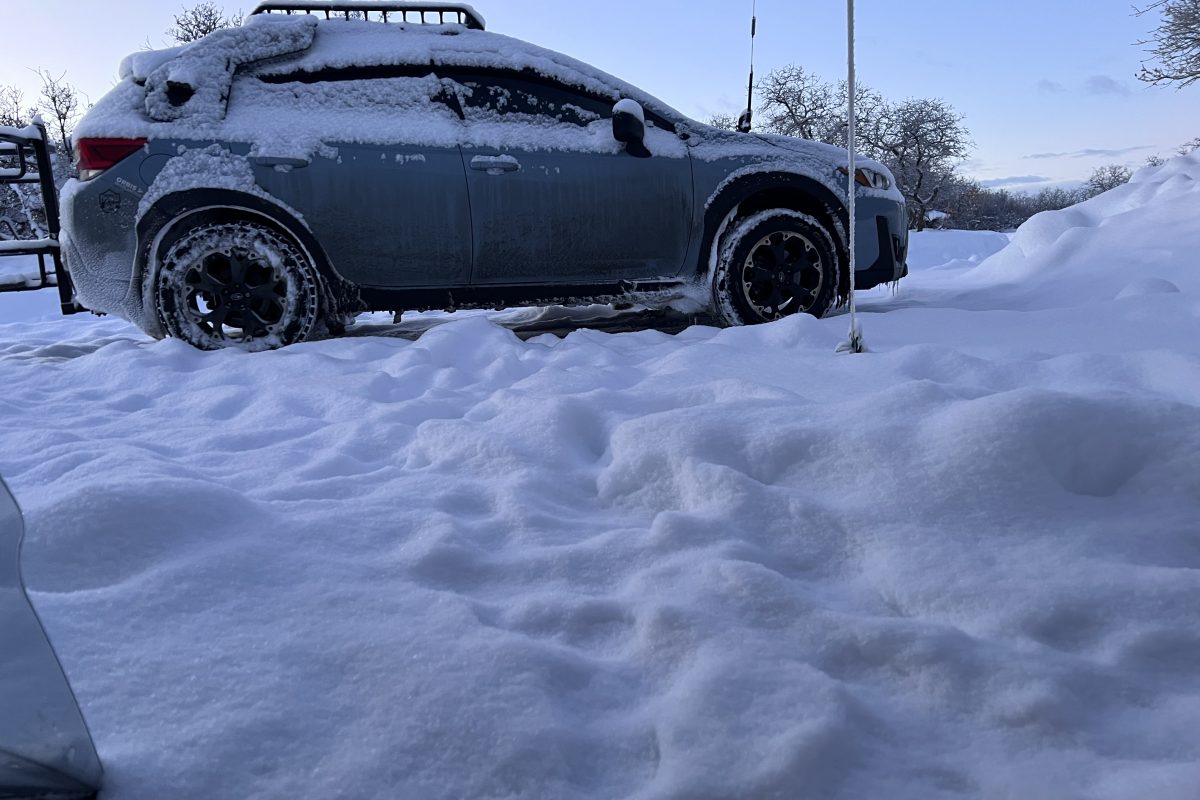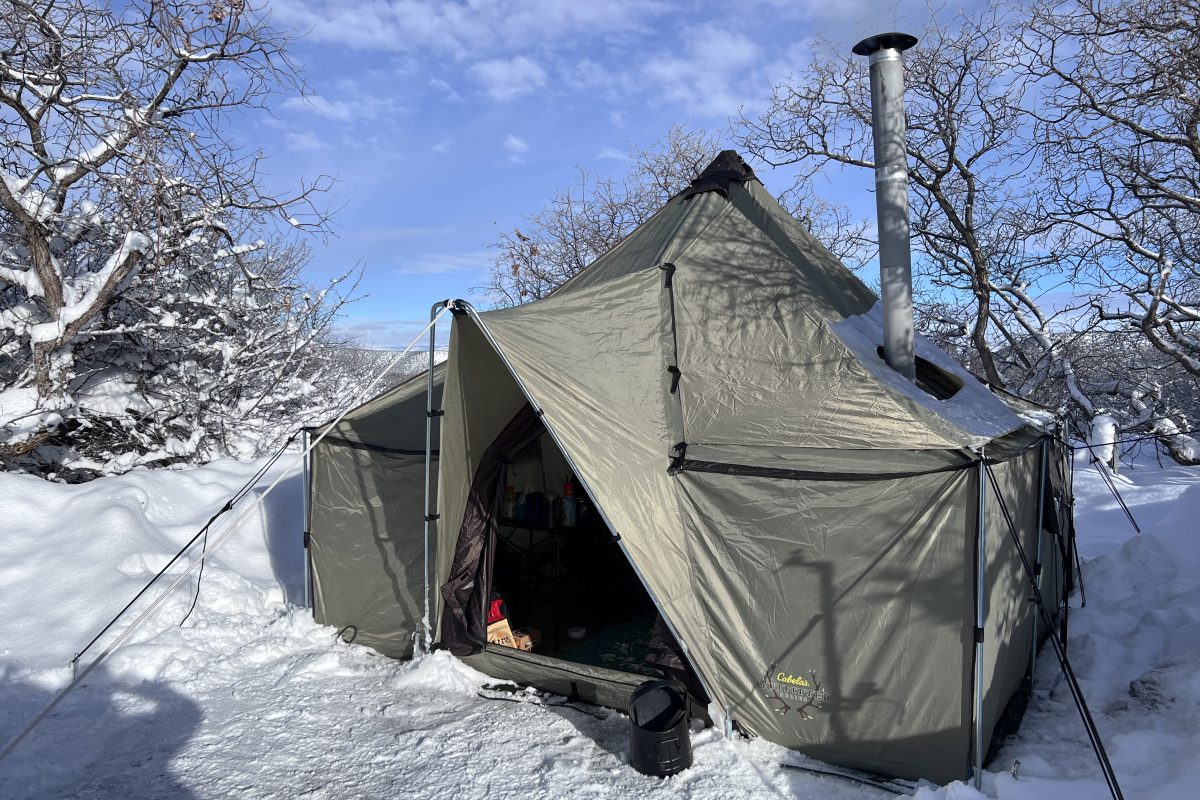There’s something surreal about pulling into a national park and realizing you have the place almost entirely to yourself. That was my reality in December of 2022, when I rolled into Black Canyon of the Gunnison under a sky so crisp it felt like glass. The ranger station was quiet, the roads dusted with snow, and the campground? Empty—except for me. It was like nature had handed me the keys to a private kingdom.
The Canyon in Winter
Black Canyon isn’t just a name—it’s a promise. The walls plunge nearly 2,000 feet into the Gunnison River, their faces so sheer and shadowed that sunlight barely grazes the depths. In winter, that drama intensifies. Snow clings to the rim like frosting on a jagged cake, and the river below churns in icy defiance. Standing at the overlook, I felt small in the best possible way—like a whisper in a cathedral carved by time.
The silence was profound. No summer crowds, no chatter—just the wind threading through pinyon pines and the occasional groan of ice shifting in the river far below. It was the kind of quiet that makes you hear your own heartbeat.
Wild Neighbors
You’d think winter would mean wildlife scarcity, but the canyon had its own cast of characters. Mule deer wandered through the snow like ghosts, their coats blending into the muted palette of winter. A pair of magpies squabbled over something shiny near my camp, their black-and-white feathers stark against the white ground. At dusk, I caught sight of a fox trotting along the rim, its tail a fiery banner against the snow. It paused, looked at me like I was the intruder, and vanished into the trees.
The Blizzard Plot Twist
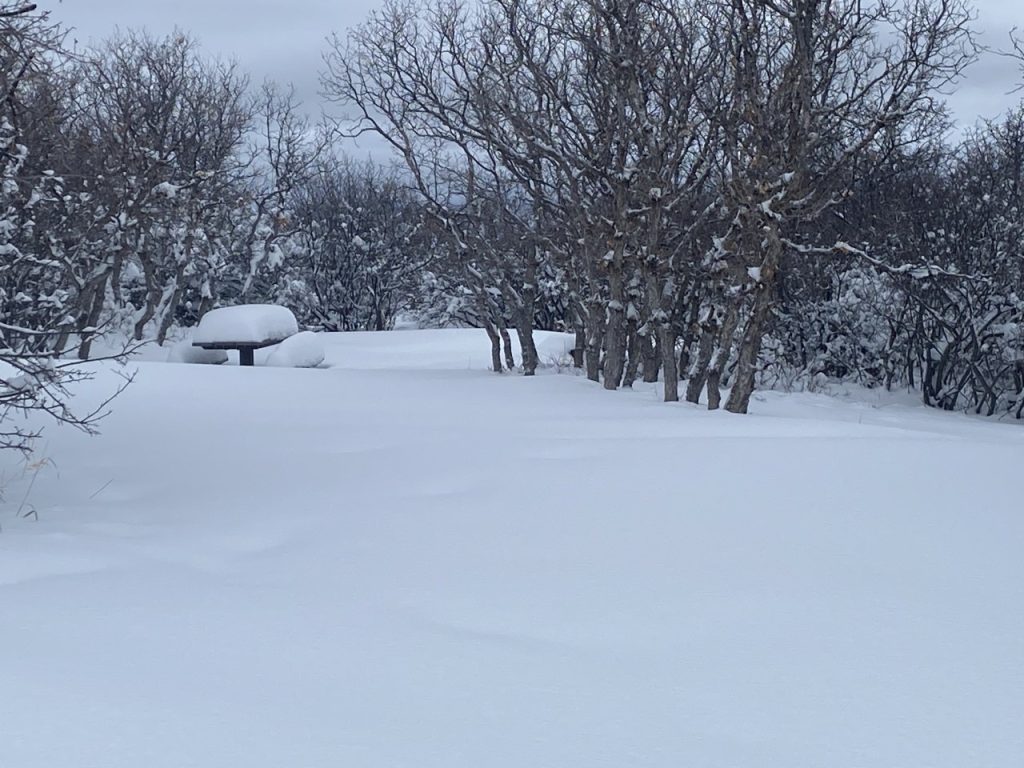
When I left home, the forecast promised a “light dusting” of snow at Black Canyon of the Gunnison. A dusting. You know, the kind that makes the ground look like someone spilled powdered sugar? Twelve hours later, after driving through mountain passes that looked like scenes from a survival documentary, I rolled into the park and… surprise! That “dusting” had turned into a full-blown winter wonderland. We’re talking feet of snow—plural. My jaw hit the steering wheel.
The campground looked like it had been swallowed by a snow globe. Picnic tables were just mysterious lumps, and the fire rings? Gone. I sat there for a minute, engine humming, staring at the white apocalypse and thinking, Well, this escalated quickly.

Then came the reality check: if I wanted to camp, I had to dig. And not just a little scrape-the-ground kind of dig—I’m talking three hours of full-on snow shoveling, carving out a spot big enough for my tent and, most importantly, level enough for my Colorado cylinder stove. Because if you’re going to freeze your butt off in December, you at least deserve a stove that won’t tip over and roast your sleeping bag instead of your dinner.
So there I was, shoveling like a man possessed, sweat steaming in the icy air, muttering things like, “This is fine. Totally fine. I love cardio.” Ashley would’ve laughed herself into hypothermia if she’d been there. By the time I finished, I had a campsite that looked like a minimalist snow fort—flat, clean, and ready for action. I stood back, admired my handiwork, and thought, If this camping thing doesn’t work out, I’m applying for a job with the highway department.
Camping in the Cold
Winter camping isn’t for the faint of heart, but it’s pure magic if you’re prepared. My tent was pitched on frozen earth, the stakes biting into soil like stubborn teeth. Inside, I layered sleeping bags like a pastry chef stacking filo dough—because when the temperature dips into the teens, you don’t mess around. The air smelled of pine and woodsmoke from the tiny fire I coaxed to life, its glow painting the snow in shades of amber.
Dinner was simple—ramen spiked with sriracha, eaten under a sky littered with stars so bright they looked close enough to pluck. There’s a special kind of satisfaction in sipping hot tea while frost creeps across your tent flap. It’s primal, grounding, and oddly luxurious in its simplicity.
The Canyon at Night
If the canyon is dramatic by day, it’s downright mystical at night. The walls disappeared into shadow, and the Gunnison murmured somewhere in the dark, a voice from the deep. Above, the Milky Way spilled across the sky like powdered sugar, and I stood there, breath steaming, feeling like the last human on earth. No headlights, no hum of civilization—just me, the stars, and a canyon carved by eons.
Why It’s Worth It Winter strips Black Canyon down to its essence. No crowds, no distractions—just raw beauty and solitude. It’s a reminder that national parks aren’t just summer playgrounds; they’re year-round sanctuaries for those willing to brave the cold. And if you’re lucky, you might just get the whole place to yourself.

